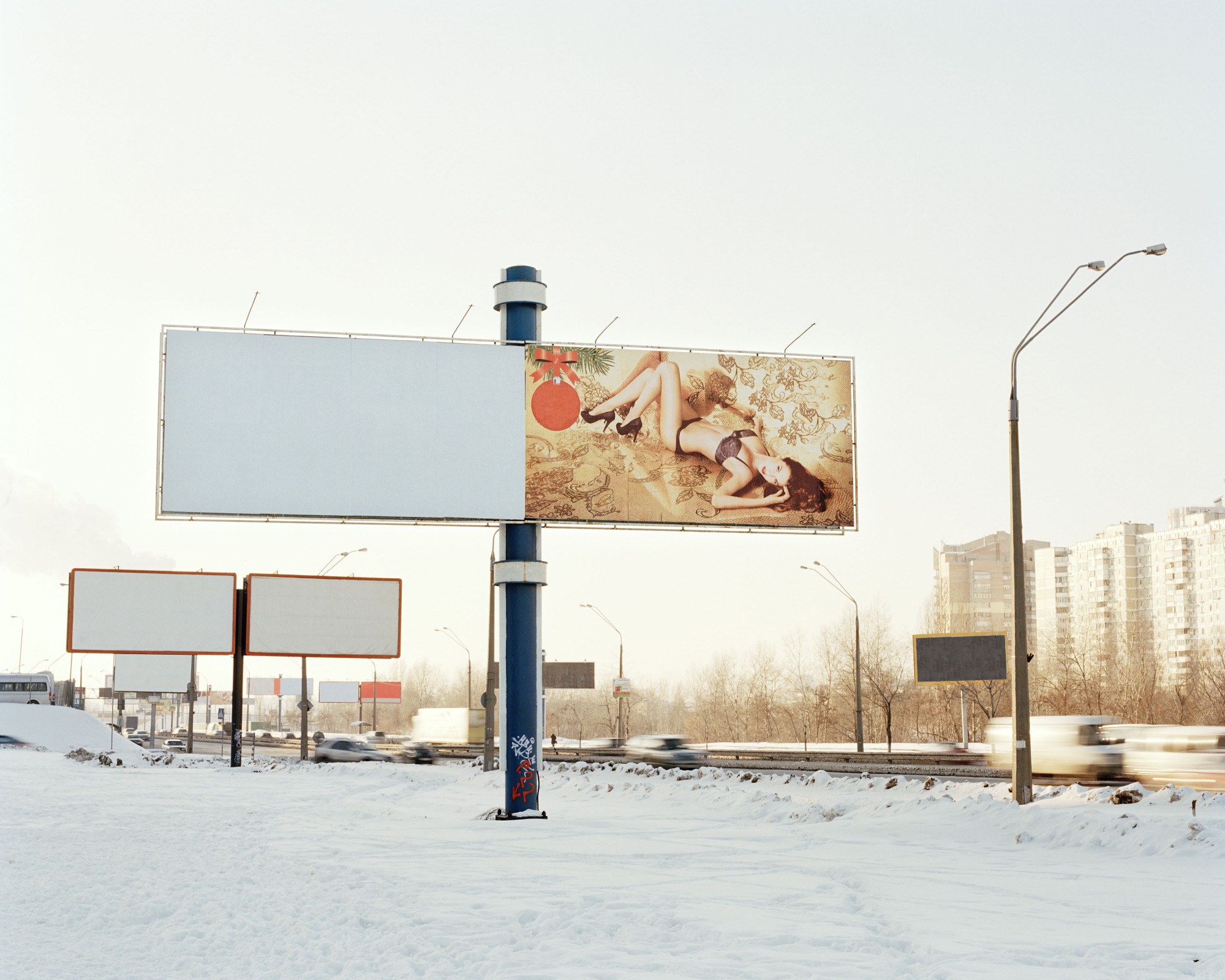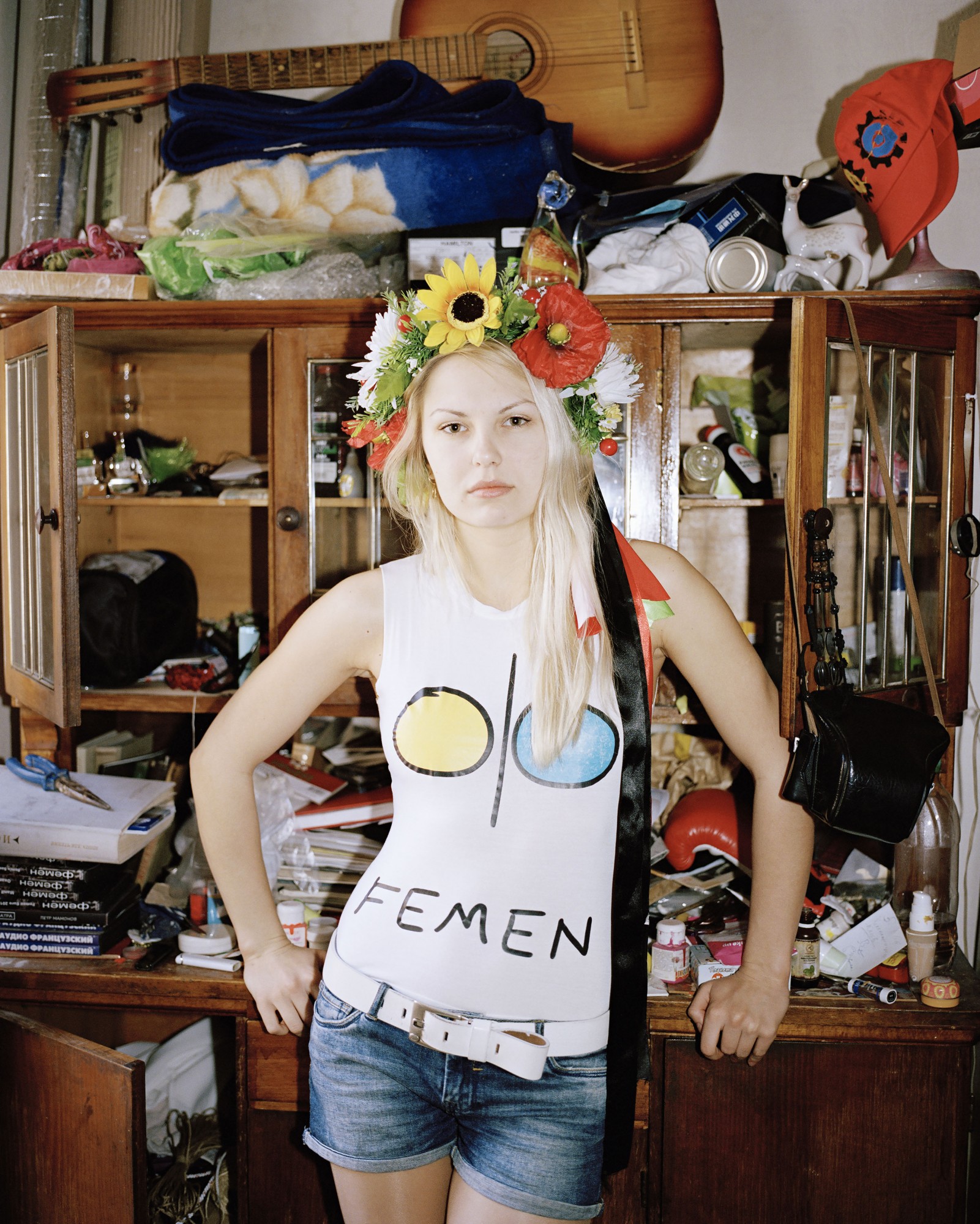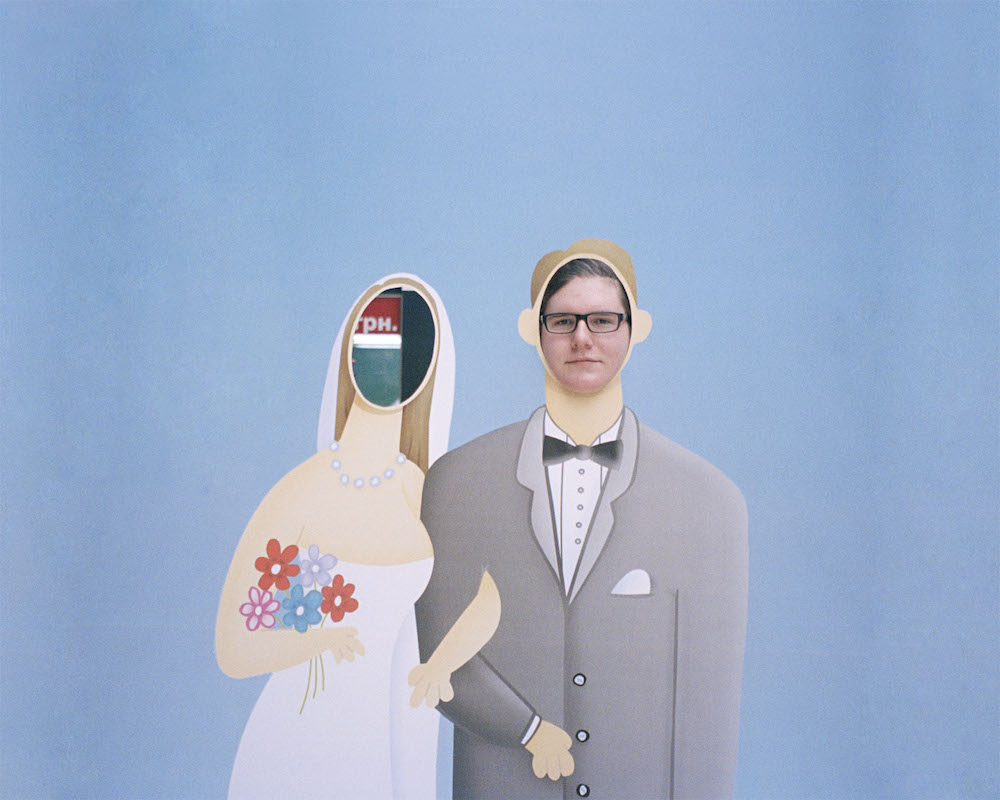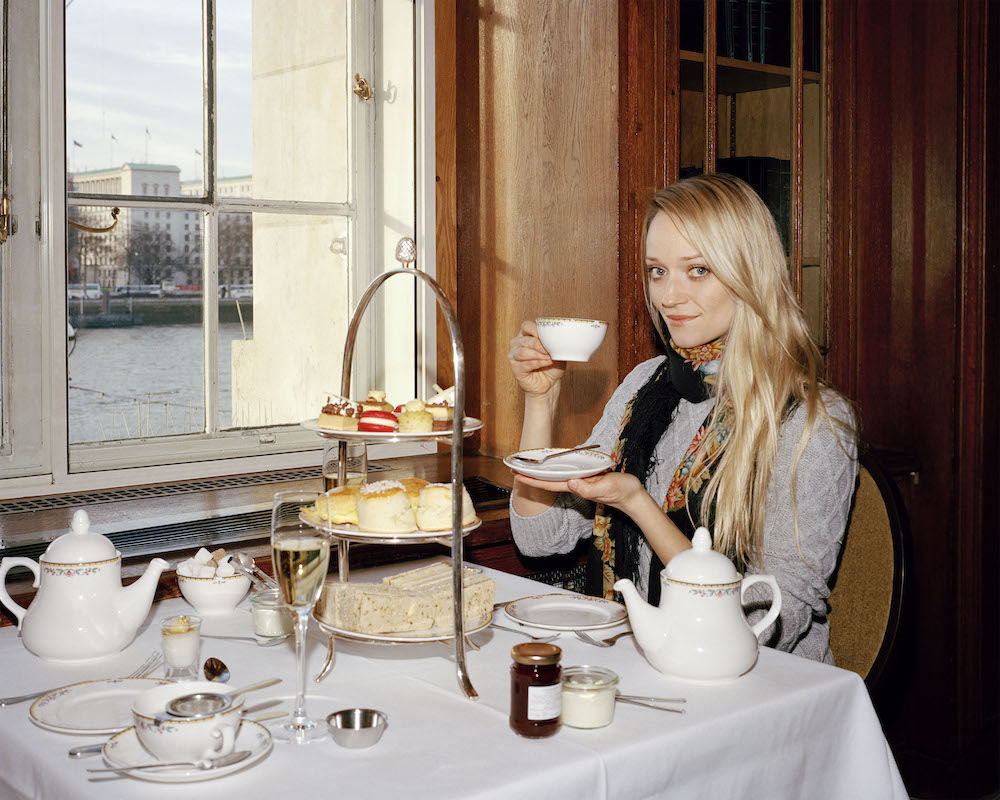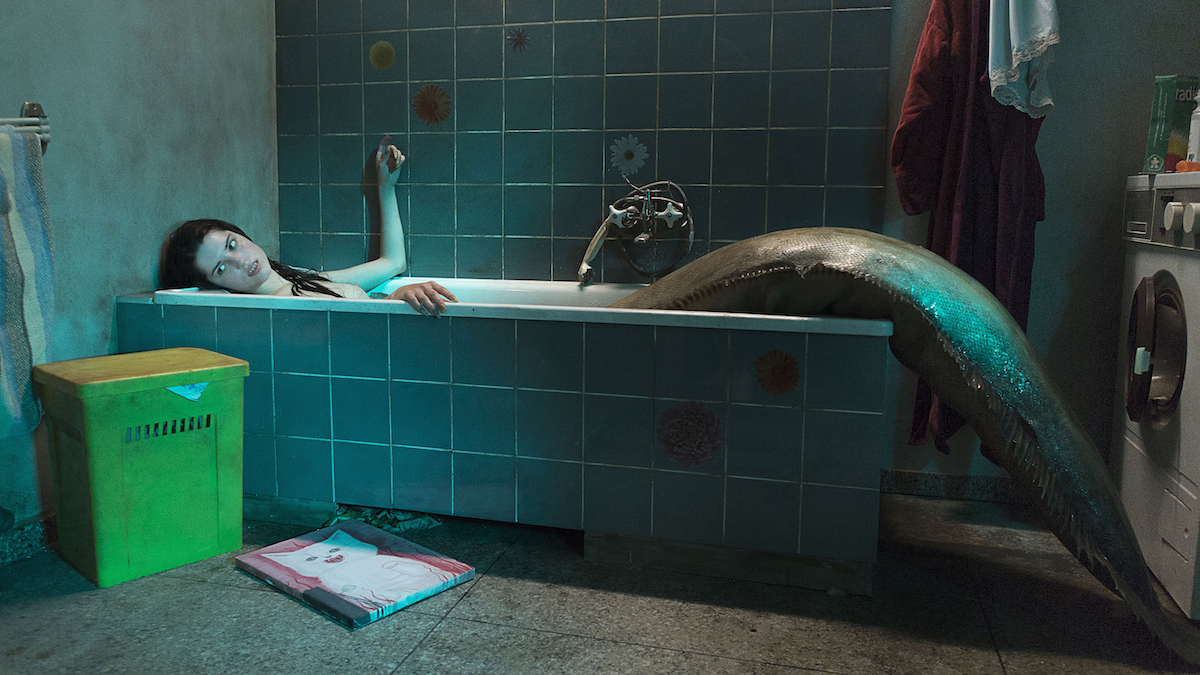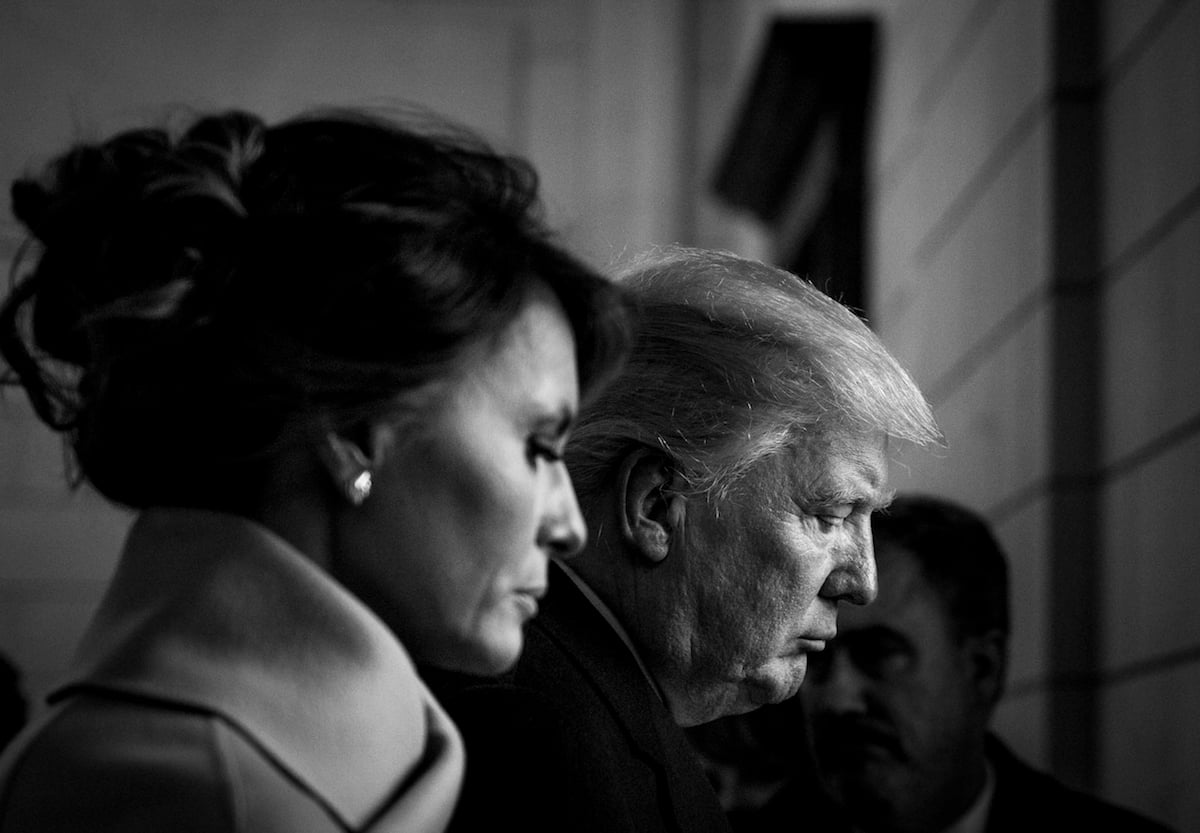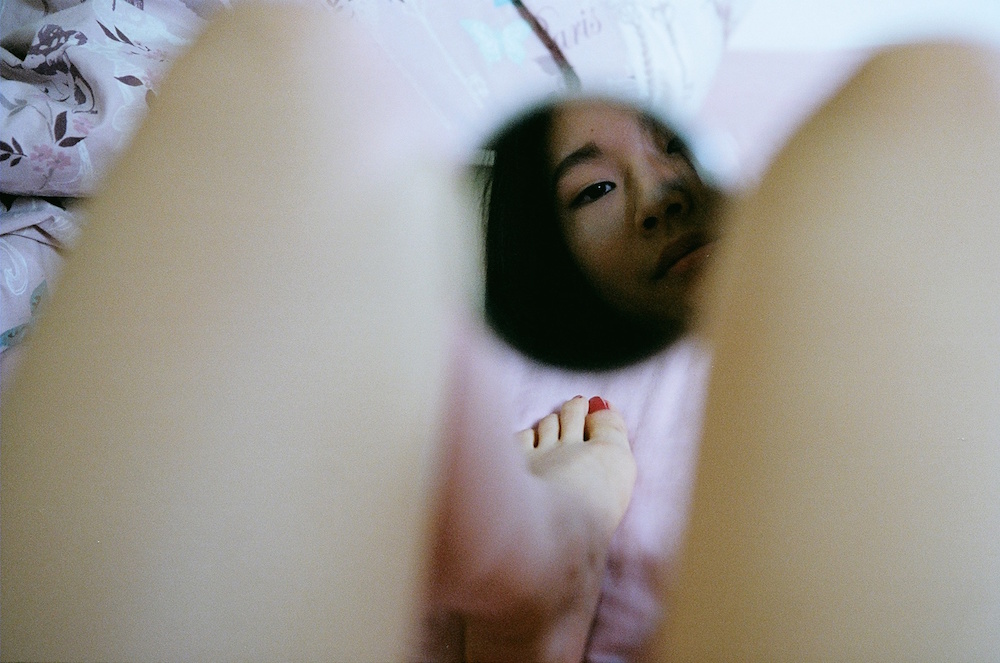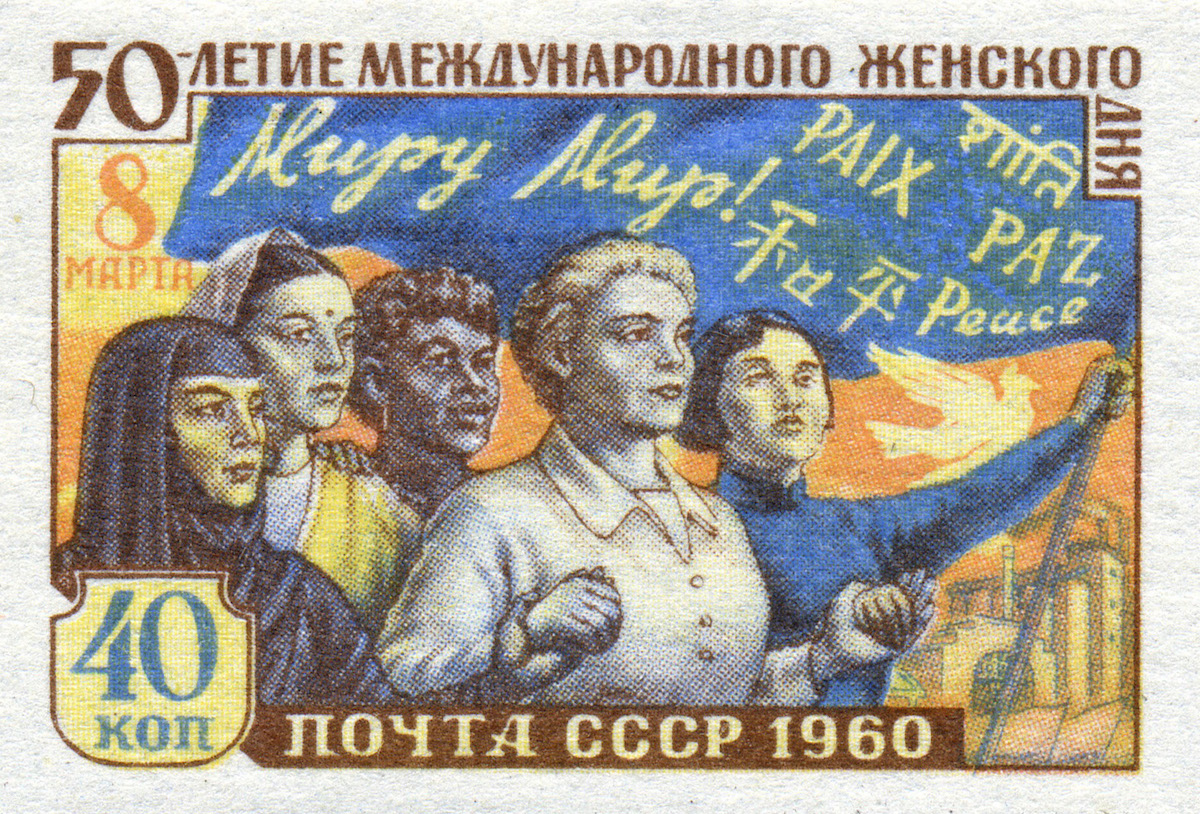Ekaterina: does Romain Mader’s satire on sex tourism in Ukraine do more harm than good?
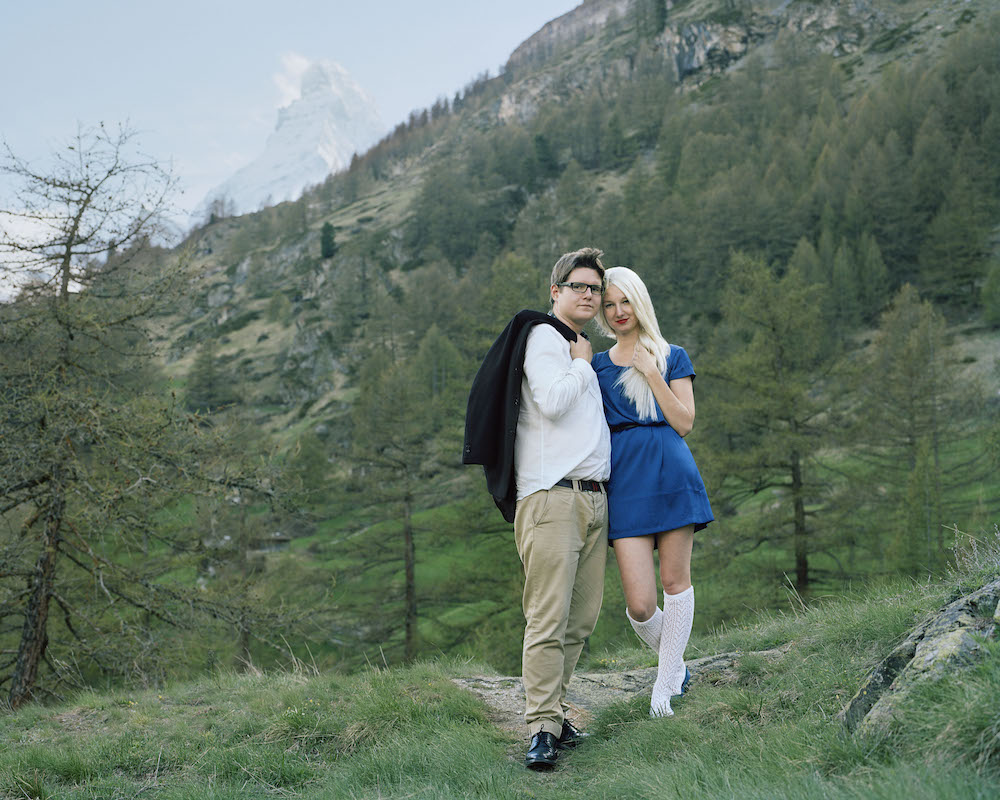
This year’s €20,000 Foam Paul Huf photographic prize went to a fictional project by Swiss photographer Romain Mader about a man who goes looking for a bride in eastern Europe. Is this a well-deserved winner or just cheap humour, asks Liza Premiyak
“It’s 16 June 2009, the BA0882 lands at 3:05 pm on Ukrainian soil and takes me for my first trip to the land of the Slavs and to the birthplace of Milla Jovovitch, the pretty redhead of The Fifth Element.” The opening lines of Romain Mader‘s photo book Ekaterina set the tone for the rest of the series, which sees the Swiss photographer pose as a lonely man embarking on a trip to eastern Europe to find a wife. The photos are purposefully naive: among tourist snapshots, he takes stiffly posed portraits with all the women he meets until he finds “the one”.
This might be the familiar plot of numerous lowbrow teen comedies, yet as of two weeks ago it’s also the idea behind the winner of the internationally acclaimed Foam Paul Huf Award and a €20,000 ($21,357) prize. Why? According to the judges — including The New York Times Magazine critic Teju Cole, M, le magazine du Monde’s director of photography Lucy Canticello and publisher Gregory Barker — “the main target was Mader himself, in the role of the foolish and oblivious western European.” This was the jury’s rebuttal to a petition launched against the winner based on “stereotyping and sexism” and signed by curators, photographers, artists, journalists and magazine editors (read the open letter in full here).
Mader first presented the series in 2012, when graduating from the University of Arts & Design Lausanne in Switzerland, after which it was exhibited as part of Tate’s Performing for the Camera exhibition in 2014. However, in 2017 the white, somewhat puerile male figure who uses jokes to disguise sexism is all too familiar. It makes me wonder if today this project does anything but rehash broad generalisations for comic effect.
Mader developed his persona in an earlier series translated from French as Me with Girls (2009). In this work Mader attends a car show in Geneva and takes a bunch of cringe-worthy photos with promotion girls and female staff. What makes these images so awkward to look at is the forced distance Mader maintains with each woman he poses with. As a result the camera which Mader controls with a remote often leaves him out of focus, setting him as the outcast. Why we laugh is complicated. The photos aren’t funny because we’re embarrassed for the protagonist; they are funny because while Mader is playing out his role, the women are doing their utmost to smile and pose on demand.
For Ekaterina, “the idea was to do a documentary about sex tourism in Ukraine,” the photographer told Vice last year, but since there are already many documentaries on the topic Mader turned to fiction instead. The result is a conceptual photo project that takes the format of a mockumentary. It follows Mader as he travels from Kiev to the imaginary town of Ekaterina. In a video produced in 2012 to accompany the project, he describes the visa protocol for entering the town, which involves stating preferences in one’s sexual partner: hair colour, height and breast size. The town is populated by women all called Ekaterina. These are just some of the ways Mader parodies the “Western gaze”. However, I can’t help but ask: to what extent is a knowingly naive eye really better than ignorance?
Following the backlash against the win, Mader was quick to point out in an interview with Bird in Flight that the Ekaterinas in the project are all his close friends — indeed, one of the women is artist Nadja Kilchhofer, who features in numerous projects by Mader. Knowing that this is not a documentary project and these are not real women he’s trying to deceive, those who do feature appear only as sexualised props. What about the eastern European women who are out of the picture? There are deep-seated cultural stereotypes surrounding eastern European women, the media’s representation of Melania Trump as First Lady being just one example. Being Russian and knowing that this is a parody I’m still uncomfortable with Mader receiving a prestigious award for a work that panders to sexist stereotypes that associate eastern Europe with sex tourism and mail-order brides.
The issue here is not that he uses stereotypes of eastern European women but that he uses them as both starting point and conclusion: it’s satire for satire’s sake. The jury praised Ekaterina for being both “provocative and unsettling”. What’s unsettling is the way in which the awkward yet lovable buffoon, created by Mader after figures in popular culture like Woody Allen, is so often celebrated and excused by institutions. There are so many other projects that work with fiction and staged photography to actively dissolve female stereotypes. Foam magazine’s 2016 Talent issue included Juno Calypso from the UK, who assumes the role of a fictional character in her series Joyce to explore the absurdities of female identity. Ilona Szwarc from Poland,who also featured in the issue, hired doppelgängers for her series I am Woman and I Feast on Memory in order to manipulate her own image.
I’m reminded of the first time I encountered the project at Tate. The exhibition featured great artists like Cindy Sherman and David Wojnarowicz, who played with reality and fiction to explore portrayal of women and homosexuality, respectively. Ekaterina featured in the final room alongside Amalia Ulman’s Excellences & Perfections, a four-month performance played out entirely on Instagram with Ulman taking the role of popular female types, from an innocent youth in knee-high socks to a bad girl landed in rehab. There was a distinct contrast between these works: Ulman opens herself to the ridicule of the internet community in using her project as a mirror for our own behaviour; Maden laughs at himself at the expense of others.
The humour in Ekaterina comes at the expense of the entire post-Soviet region. One of the issues raised in the petition against the winner was that in the video to the project, Mader used shots of Belarus to stand in for Ukraine. The problem with presenting Belarus as Ukraine is that the post-Soviet space is a region many people still know nothing about. The merit of the project might be that it offers some kind of escapism — this isn’t a sex tourist looking for love, nor is it the real Ukraine. But it’s also a western photographer exploiting stereotypes about a region in which Russian lawmakers have recently decriminalised domestic violence and Polish conservative politician Janusz Korwin-Mikke has described women as “smaller, weaker, less clever”. Somehow things aren’t so funny anymore.
